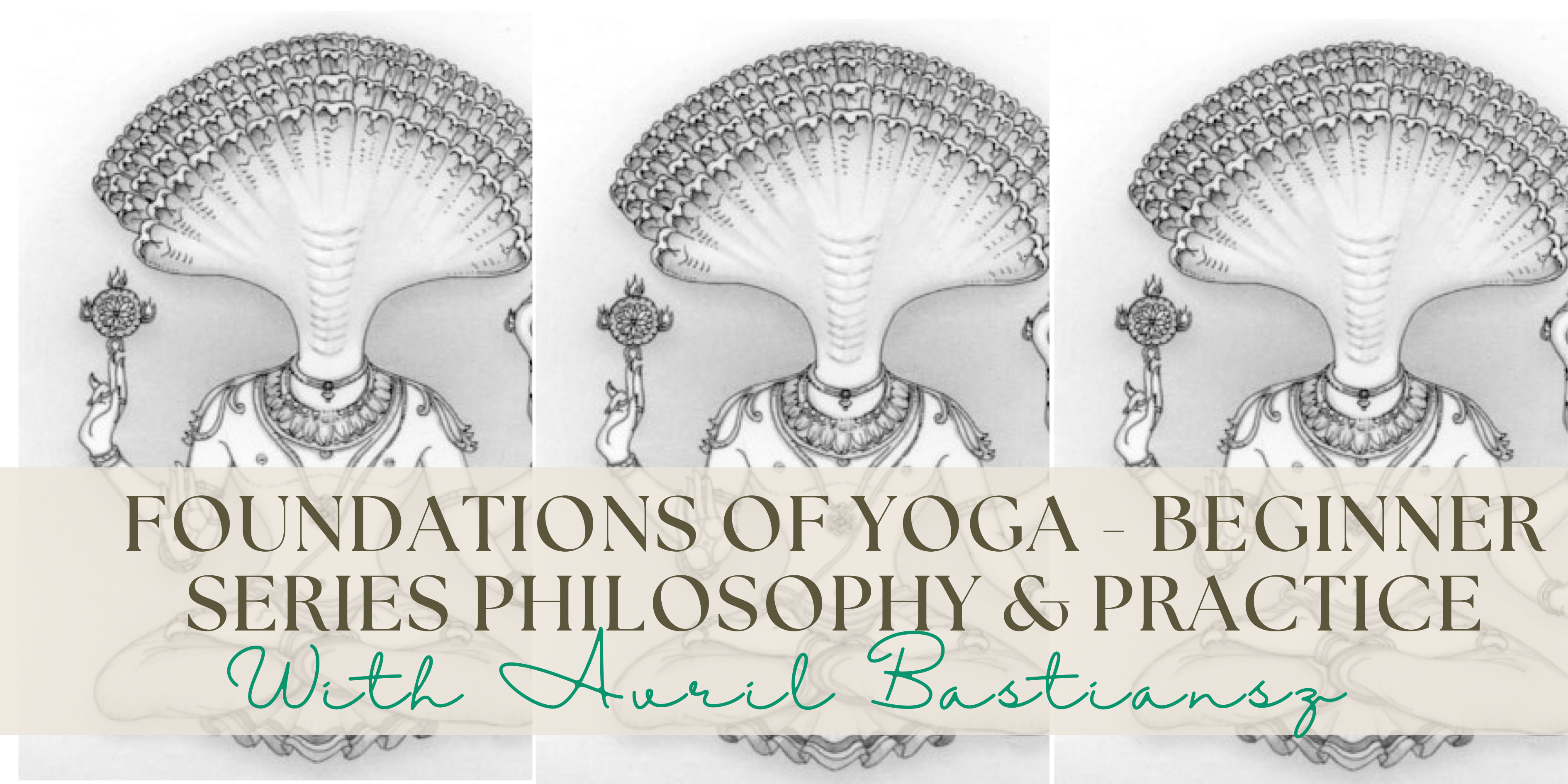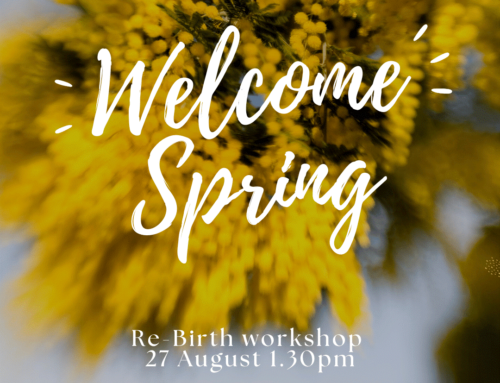The whole is greater than the sum of its parts. ~ Seneca
To comprehend how transformation occurs in yoga, it’s essential to grasp the mechanics of the human body-mind-soul complex.
While the medical field offers a universally accepted scientific understanding of human anatomy and physiology, Yogis have a model that extends beyond it. The Yogic model encompasses subtler aspects that exceed our current scientific comprehension, delving into the energetic or pranic body and our relationship with existence, encompassing inner and outer worlds on a continuum with our environment and the cosmos.
Simply put, yoga asserts that we are consciousness experiencing itself as awareness.
The scientific community is progressively understanding these ancient yogic practices and teachings, aided by increased scientific research supporting the effectiveness of yoga for our benefit and well-being. A notable example is Dr. Stephen Porges’s Polyvagal Theory, elucidating how certain yogic practices can regulate our nervous system. Yoga is widely acknowledged as a powerful tool for enhancing physical and mental health and is increasingly adopted as a lifestyle practice.
Yoga: Union of Individual Consciousness with Universal Consciousness:
According to Sage Patanjali, renowned for compiling ancient yogic knowledge into the Yoga Sutras, the goal of yoga is the union of individual consciousness with universal consciousness – Samadhi. Patanjali outlines the path leading to this union through the eight limbs of yoga:
- Yama – precepts
- Niyama – disciplines
- Asana – physical poses
- Pranayama – breathwork
- Pratyahara – mastery of the senses
- Dharana – focused attention
- Dhyana – meditation
- Samadhi – union with consciousness
Holistic Integration of Body, Mind, and Soul:
Conventional philosophical thought divides humans into the small self, consisting of body, mind, and soul, and the big Self, representing the one indivisible whole from which all life forms emanate. The spiritual pursuit involves a lifelong yearning to unite with our separate parts and integrate them, becoming complete and re-uniting with the one whole. Carl Jung termed this the “process of individuation”. Yoga offers a holistic path for this transformative journey back to wholeness through its eight-limbed path described by Patanjali. The first four limbs address outer worldly life and the union of the small self, while the latter four limbs are more concerned with the inner quest and attainment of unity consciousness.
Yoga: An Alchemical Process of Transformation and Integration:
Yoga practices such as asana, pranayama, create the inner conditions and alchemy, to transform and integrate the seemingly separate parts of ourselves. These practices generate tapas, or transformative energy, which acts as a catalyst for change. Similar to how heat melts ice into water and then vapor, tapas transforms our being, necessitating integration. The Pancha Maha Koshas, or five-energetic sheaths may help to further illustrate this transformation from gross to subtle states of consciousness and show how yoga is holistic in its application.
These energetic sheaths are described below in order from gross to subtlest and outermost to innermost layers and apply across the whole system from the smallest of molecules and cells to the whole organism:
- Annamaya Kosha – the physical, gross, material body and sense organs
- Pranamaya Kosha – the breath body, linked to the nervous system & physiology
- Manomaya Kosha – the mental sheath, the psychological
- Vigjyanamaya Kosha – the intellect, the ‘I’ self,
- Anandamaya Kosha – the bliss body or the essence of being
Therefore the benefits of yoga can be experienced on every level of our being from physical, physiological, psychological, intellectual, and spiritual.
Although yoga is often perceived as a physical practice focused on flexibility and strength, its core essence transcends the realm of asanas (poses) or any single limb of the eightfold path. At its heart, yoga is a profound journey of self-discovery and transformation, guiding practitioners towards a state of wholeness and unity.
To undergo a true metamorphosis, transitioning from one state or way of being to another, necessitates an alchemical process known as ‘trans-formation’. In yoga, this transformation unfolds through dedicated and disciplined practice, igniting the inner fire of tapas – the transformative energy that fuels change and requires integration on all levels of being, anchored by a deepened sense of self-awareness that expands and unites the different states of consciousness.
While yoga may begin as a journey to improve physical well-being, its ultimate purpose lies in facilitating profound inner transformation. By engaging in the eight-limbed path with sincerity and commitment, practitioners embark on a sacred journey towards self-realization and union with the higher Self.
Bibliography:
Iyengar, B. K. S. (2014). Light on Yoga.
Jung, C. G. (Year). The Collected Works of Carl G. Jung
Pathanjali (Year) The Yoga Sutras of Patanjali
Porges, S. W. (2011). The Polyvagal Theory: Neurophysiological Foundations of Emotions, Attachment, Communication, and Self-regulation.
Avril has trained as a Hatha Yoga teacher, Himalayan Kundalini Kriya Yoga and as Mental Health Aware Yoga teacher. Her own practice led her to explore the subtle body work and meditative practices which led to becoming a teacher of Vedic Mantra Meditation.
Avril is facilitating her Foundations of Yoga Beginner Series Philosophy & Practice – a 4 part course commencing Sunday 28 April.








Leave A Comment